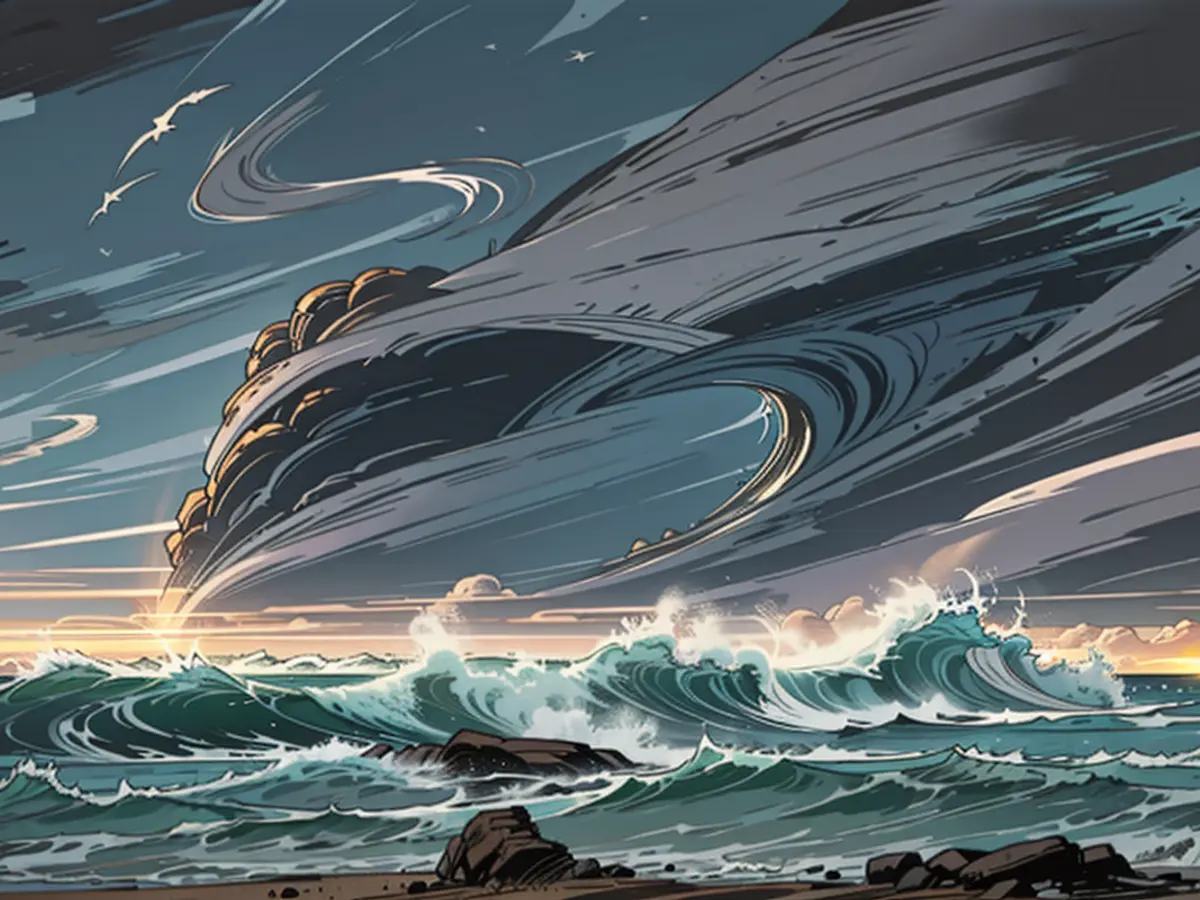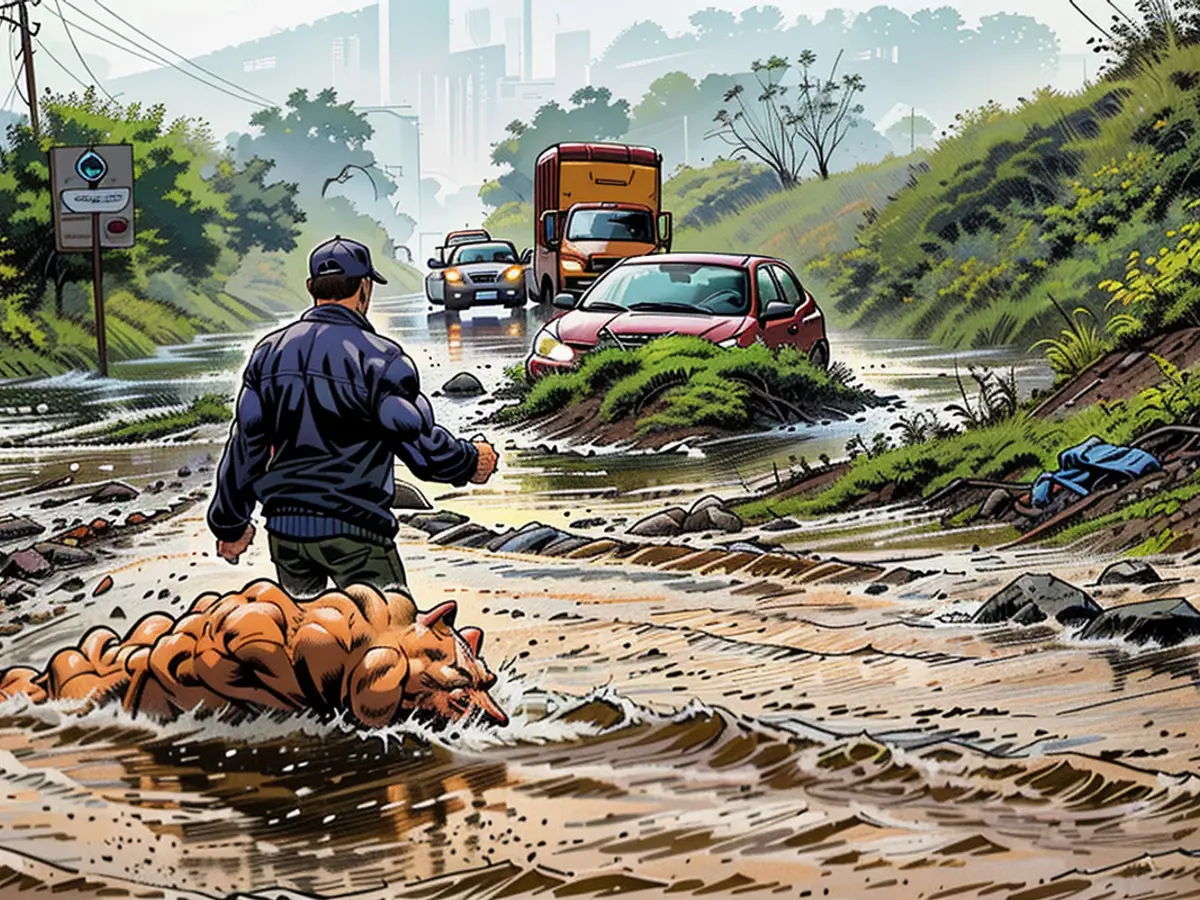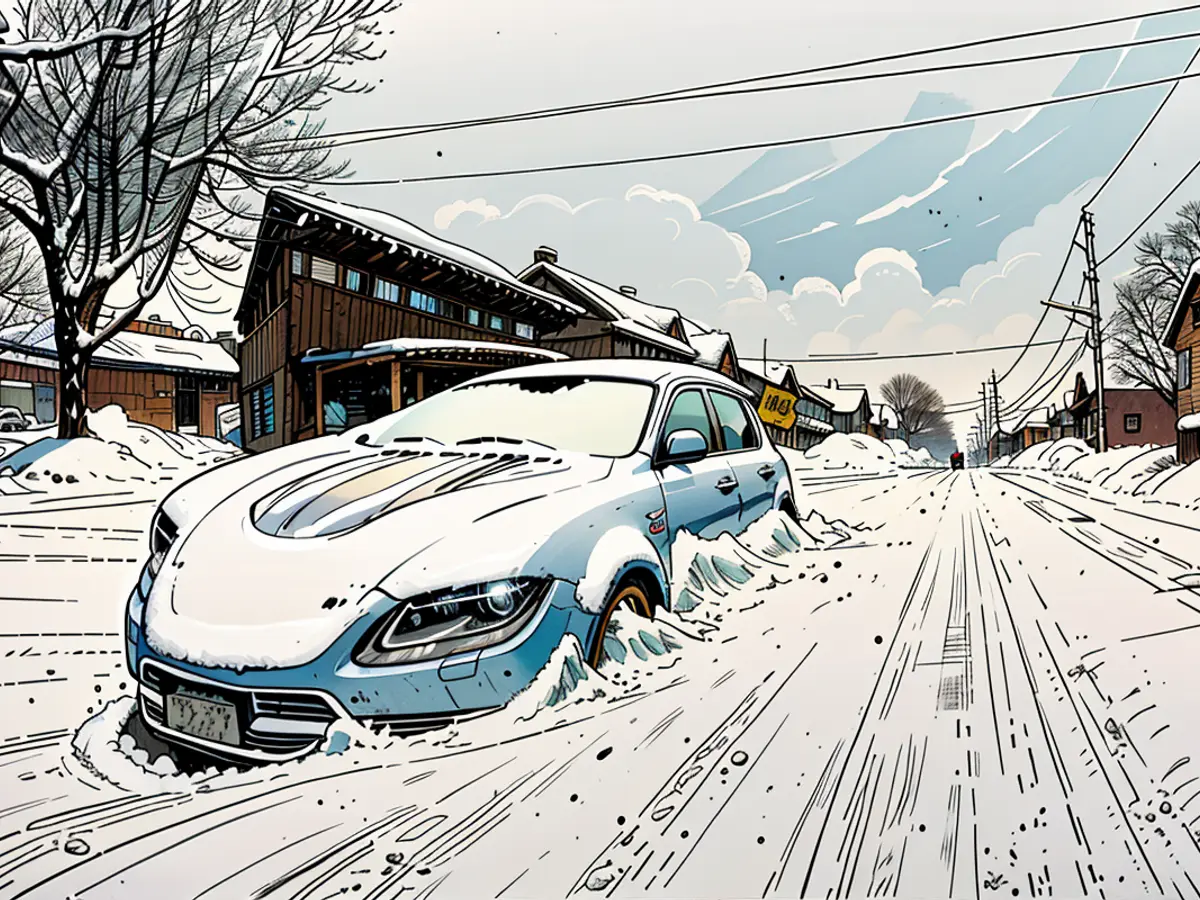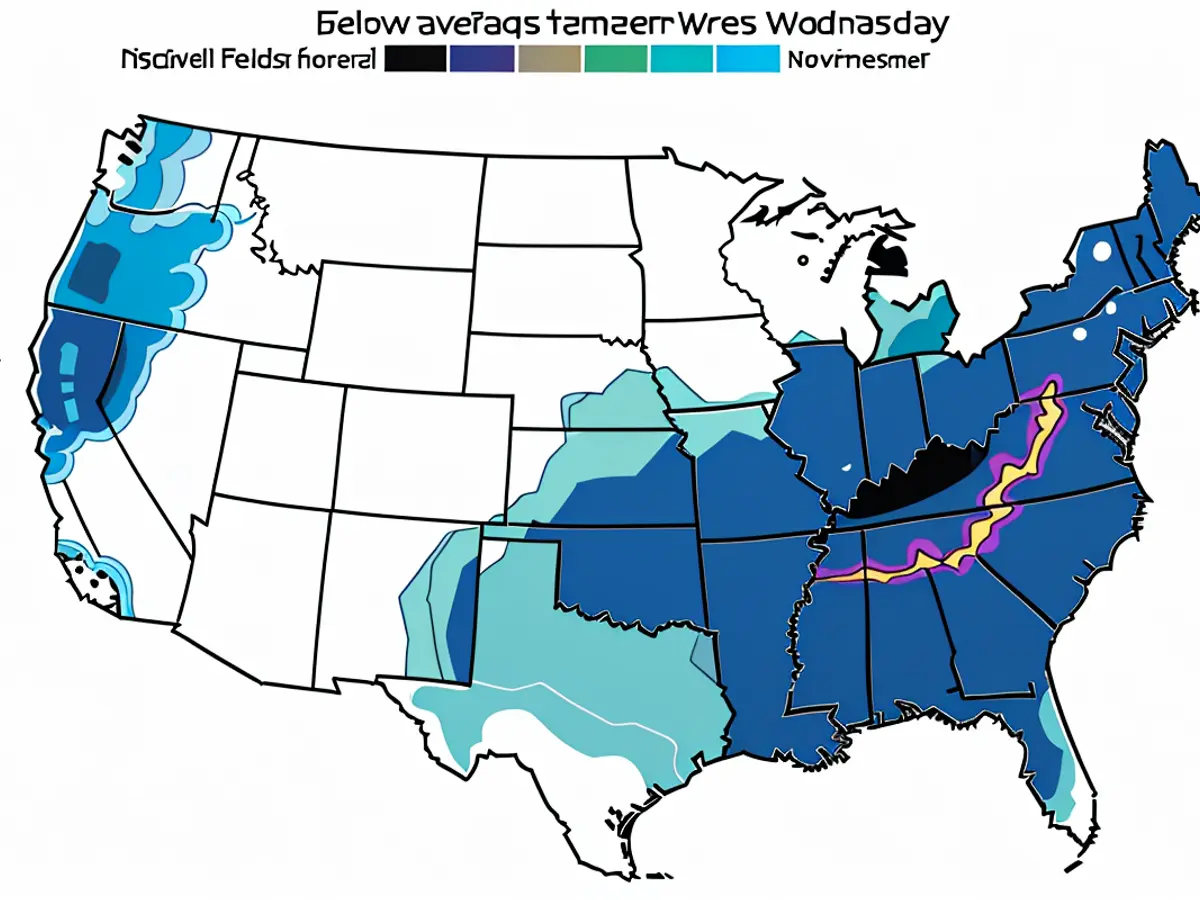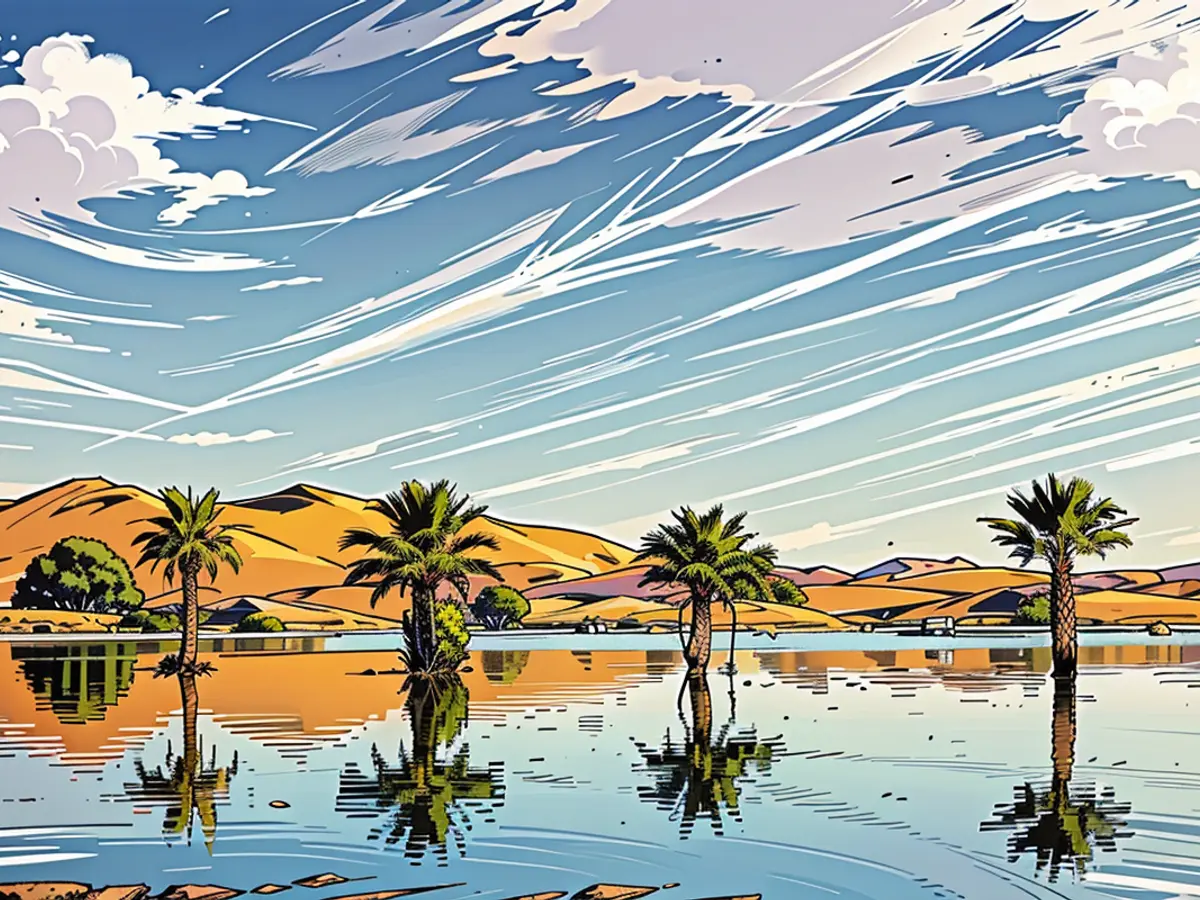This region of the United States is most vulnerable to catastrophic tsunami events.
A colossal earthquake and tsunami are imminent along the Pacific Northwest's coast, according to experts. Preparing for this calamity involves envisioning a disaster unparalleled in modern American history.
"Three or four decades ago, we didn't even know that major earthquakes were possible in the Pacific Northwest," stated Diego Melgar, a seismologist at the University of Oregon.
Scientists now recognize the 700-mile fault named the Cascadia Subduction Zone, situated 100 miles off the coast of Northern California and stretching north to Vancouver Island, has the potential to induce a 9.0 magnitude earthquake, followed by a tsunami. This scenario transpired in Japan in 2011.
Recent in-depth imagery of the fault was reported in "Science Advances." Scientists confirm that the subduction zone is divided into 3 to 5 segments, each with its own unique geology. When the segment off Washington's coast breaks, it has the highest potential of causing a massive earthquake.
The majority of structures built before 2005 aren't equipped to withstand the extended, forceful earthquake that Cascadia will likely produce, according to Corina Allen, the chief hazards geologist at the Washington Geological Survey. Moreover, tsunami building codes only went into effect in 2016.
"We have roads, buildings, hospitals, schools, all of this infrastructure located in places where a tsunami could strike," Allen explained. Will these facilities endure an earthquake and tsunami? "No."
"What keeps me awake at night is knowing that we're not taking the necessary steps quickly enough to protect our people," said Yumei Wang, a senior adviser of infrastructure and risk at Portland State University.
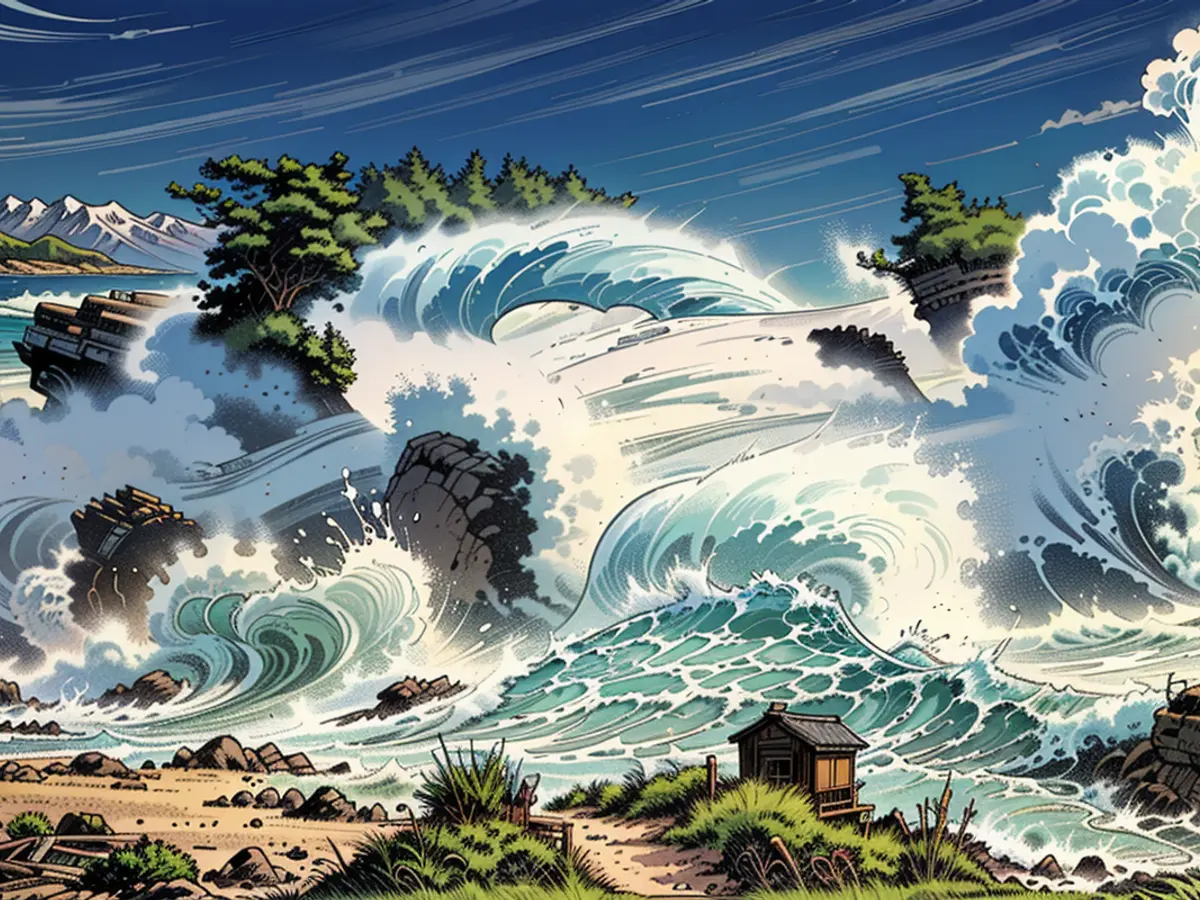
Brick and masonry structures are the most susceptible in earthquakes. Wang notes that wood frame buildings are particularly susceptible to tsunami forces. "Imagine water pushing over a typical house," she adds.
Historical geological records indicate that mega earthquake and tsunami events occur on average every 500 years. Predicting exactly when the next event will occur is impossible, but it's expected to transpire again within the following 200 years – or sooner.
Retrofitting existing communities will be a lengthy process and cost billions of dollars, Allen stated. Melgar believes the investment is worthwhile. "My children might not benefit, my grandchildren might not benefit. We're playing a long game if we're doing it right."
For those residing or vacationing along the coastal Pacific Northwest, surviving a tsunami that arrives 15 to 30 minutes post-earthquake hinges on how swiftly they can reach high ground. However, there may be no safe place to flee to.
"In Washington, most people who actually reside in the tsunami inundation zone don't have any high ground nearby," Allen said.
In such cases, vertical evacuation structures situated within the tsunami zone are crucial. These structures helped save thousands of lives during the 2011 tsunami in Japan.
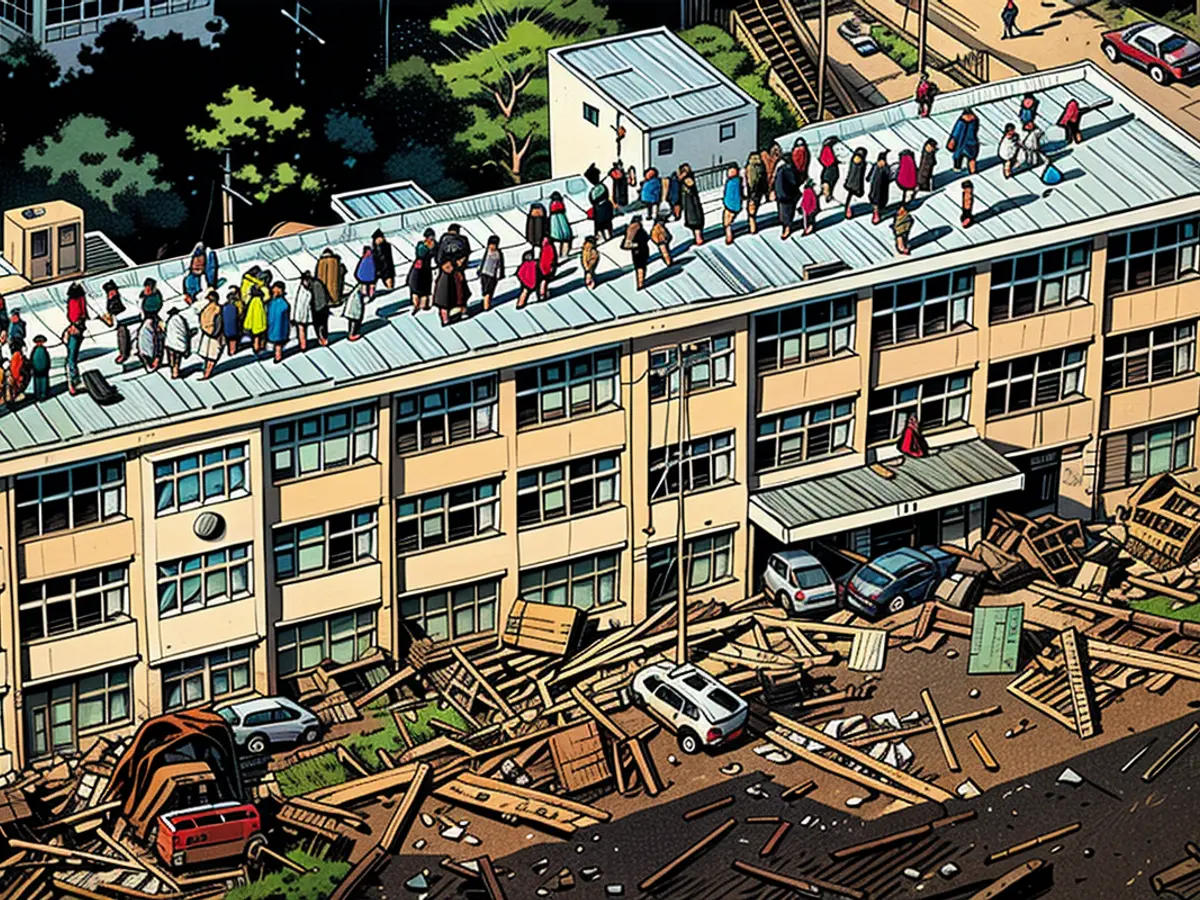
At present, only three such structures have been erected in the Pacific Northwest, with four more in the planning stages. Allen estimates that 50 are needed in Washington alone. Each of the three existing structures can accommodate 400 to 1,000 people, reach up to 76 feet tall, and vary in cost. The priciest, at $62 million, is the Marine Sciences Center in Oregon, Wang said.
"The foundation is deeper than the building is tall, like an iceberg. And the structure itself is a bit like a car bumper, so that very heavy, large debris can hit it."
"We know enough about building codes. We know enough about early warning. We know enough about tsunami evacuation zones that it need not be that bad," says Melgar.
However, whether individuals are willing to invest billions of dollars to brace for something that might not occur for 200 years remains uncertain. "It's a costly problem to solve," says Allen. "Maybe we do have more time and are able to put the systems in place that we need to survive this event."
The conundrum is, nobody knows how much time is left.
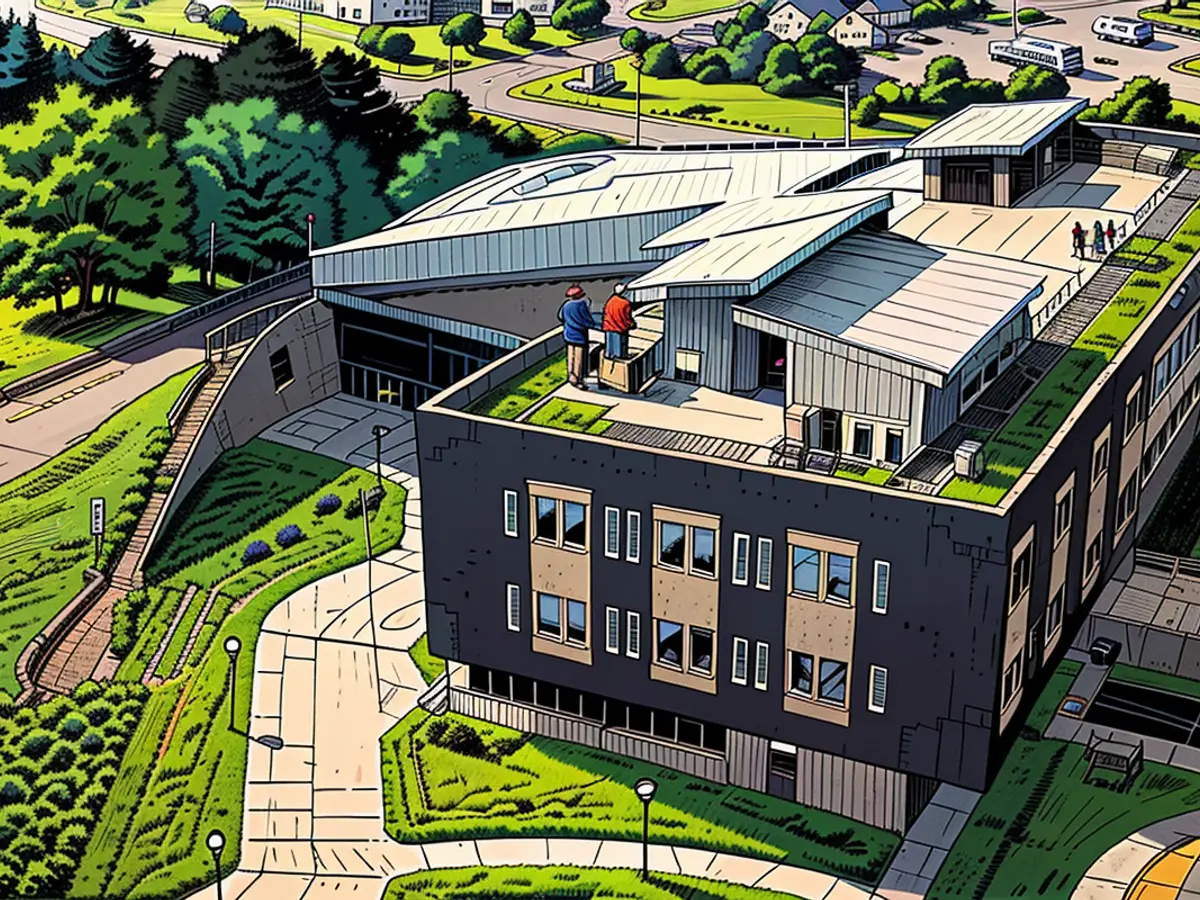
Read also:
The 700-mile Cascadia Subduction Zone, capable of inducing a 9.0 magnitude earthquake and subsequent tsunami, is located 100 miles off the coast of Northern California and extends north to Vancouver Island. Many structures built before 2005 in the Pacific Northwest are not equipped to withstand the powerful earthquake that Cascadia is likely to produce.
